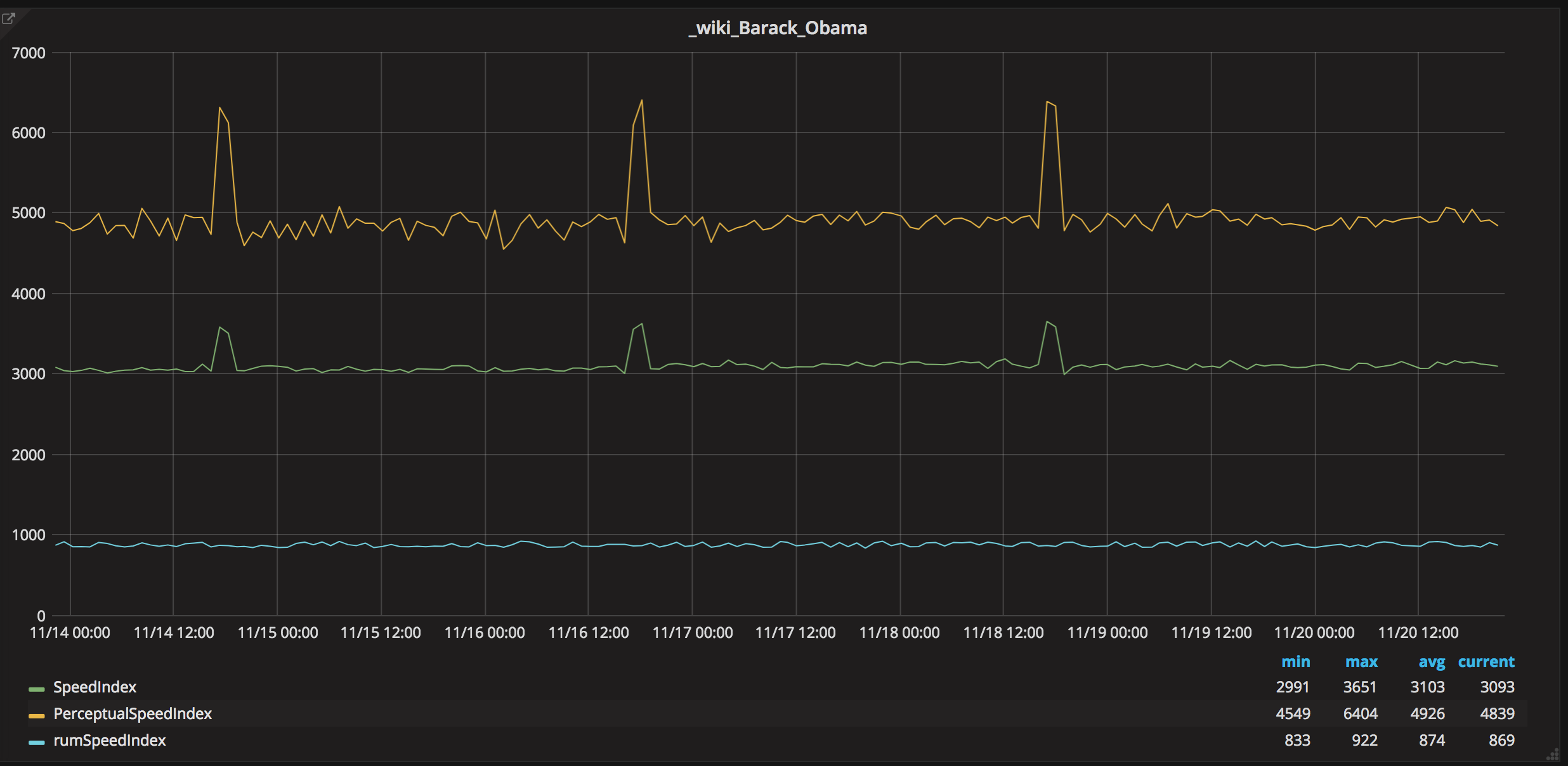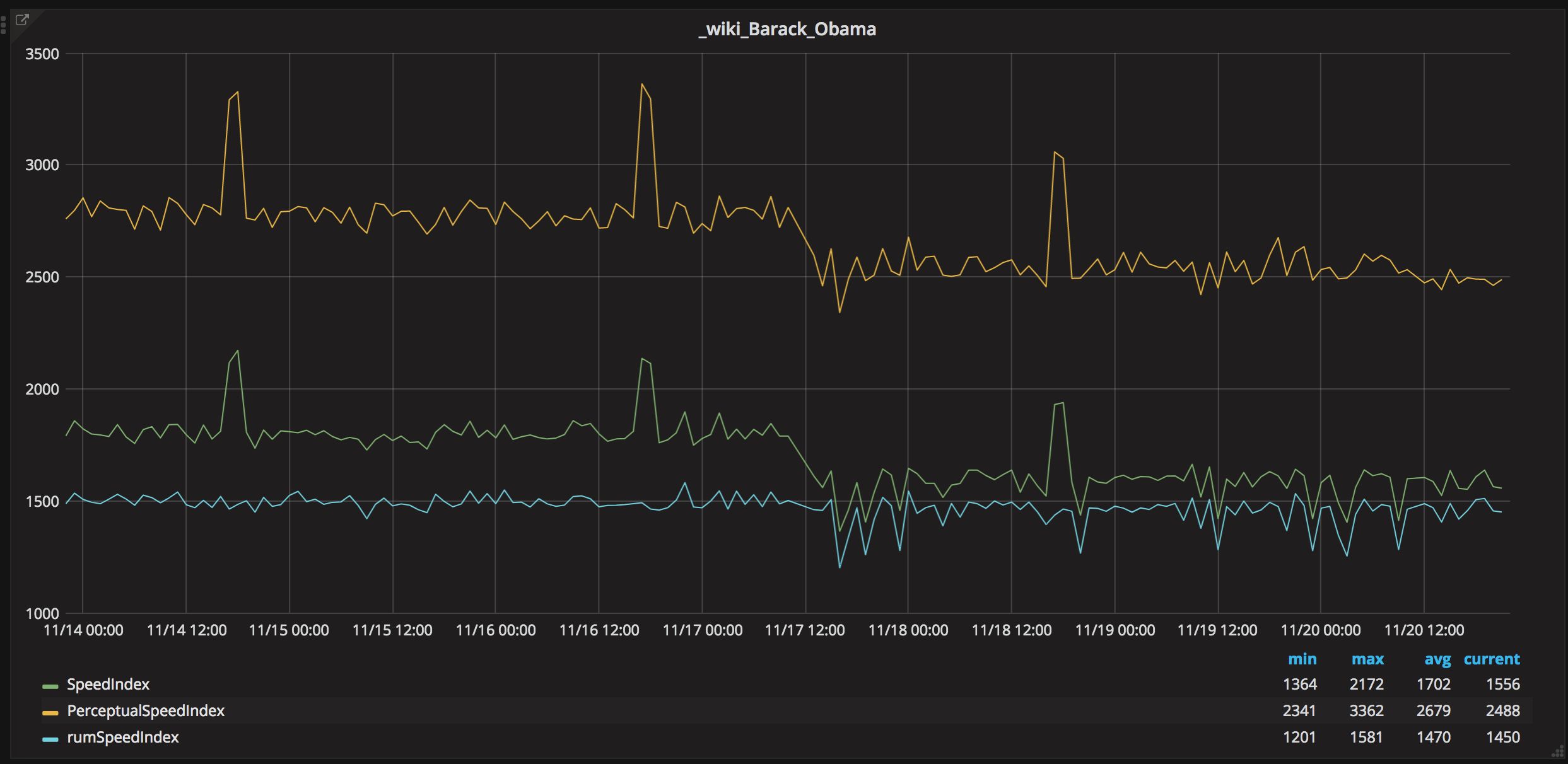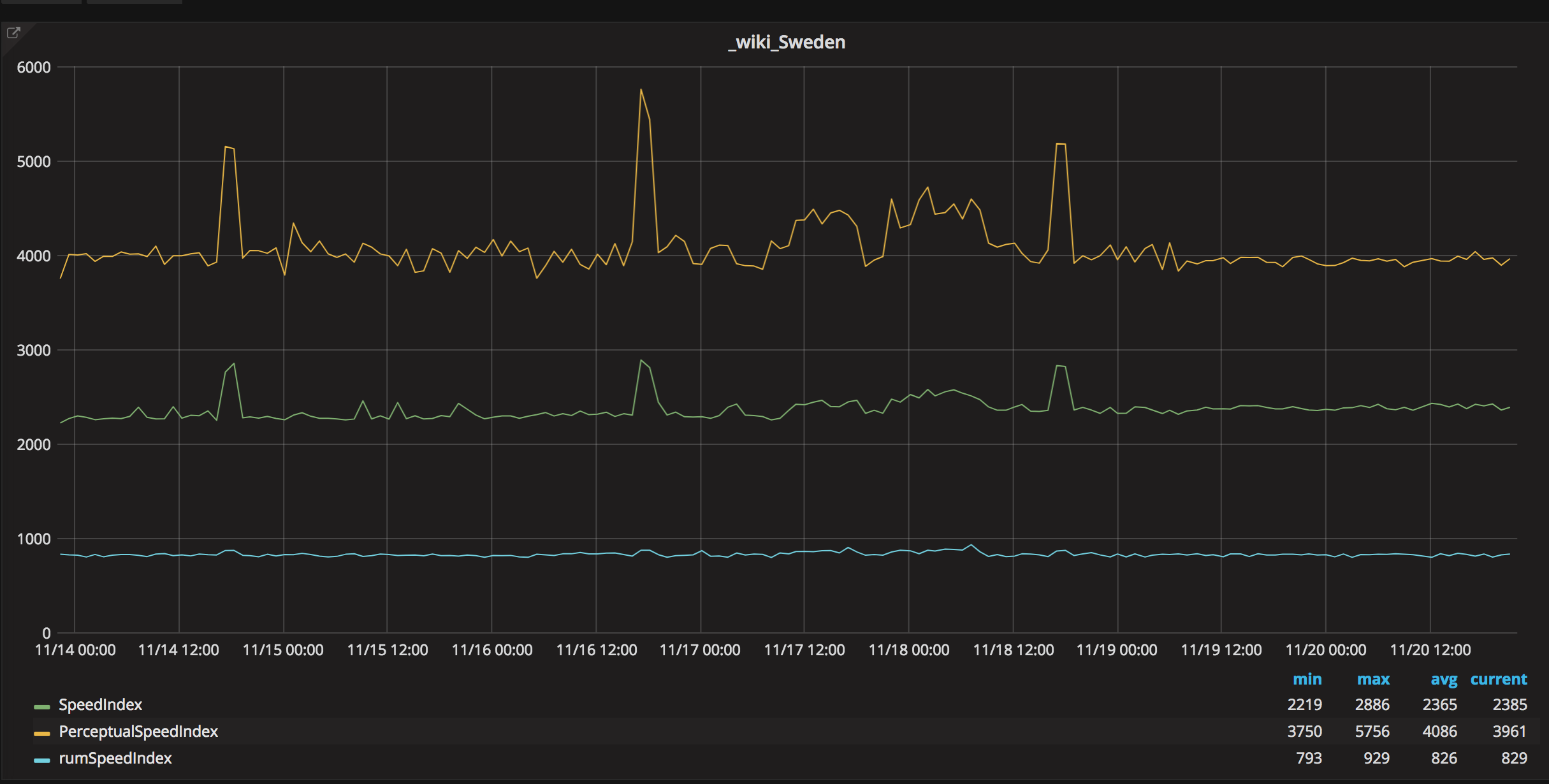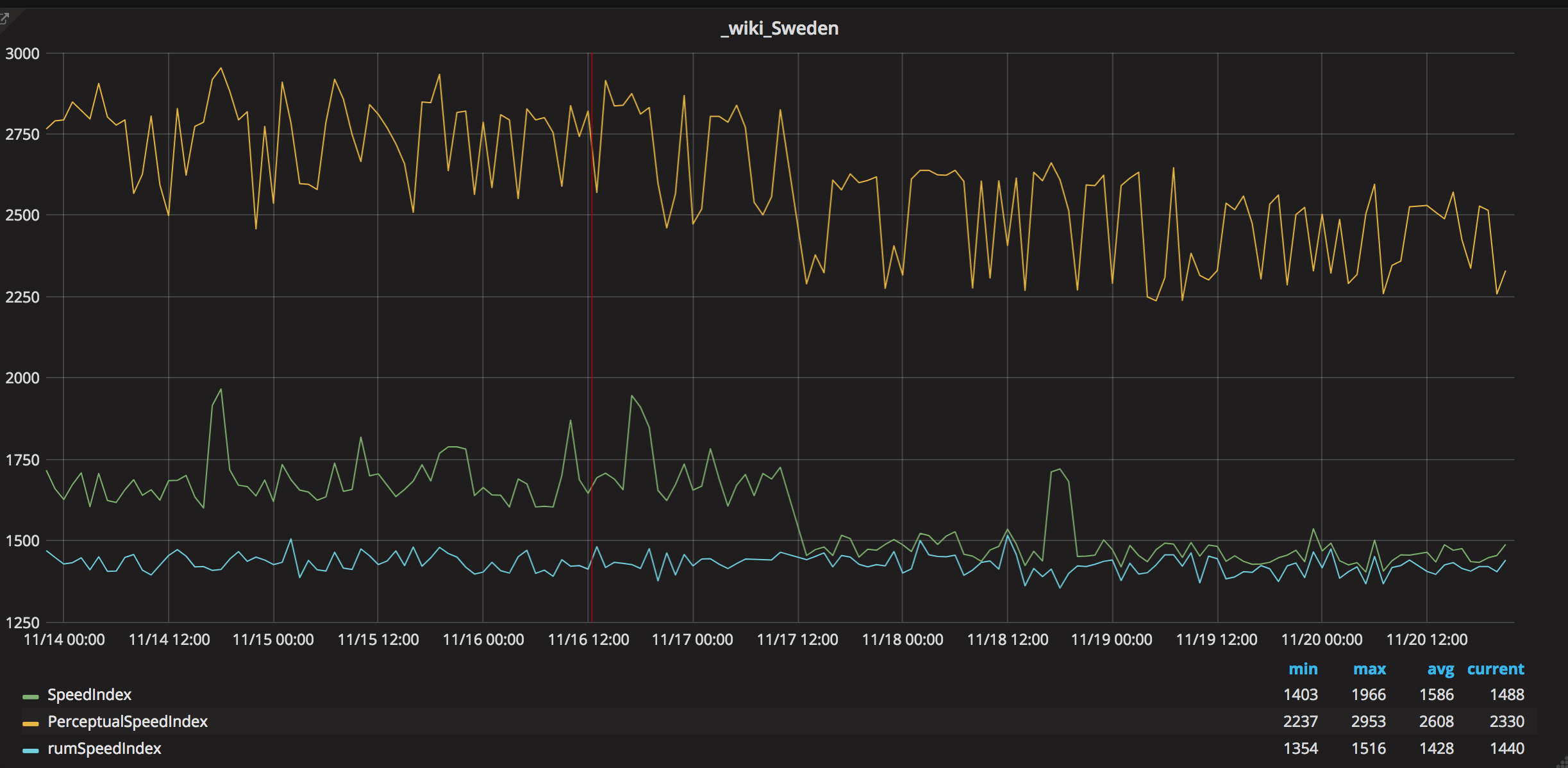Since it can load and run after the critical path, we should treat everything about it as low priority in terms of loading and execution. I.e:
- check if the pageload is in the sample (could be done in the navtiming JS for example)
- if so, load the speedindex module with low prio
- attempt to calculate rumspeedindex and report it
If the user navigates away at any point, it's fine. No need to make this resilient.



